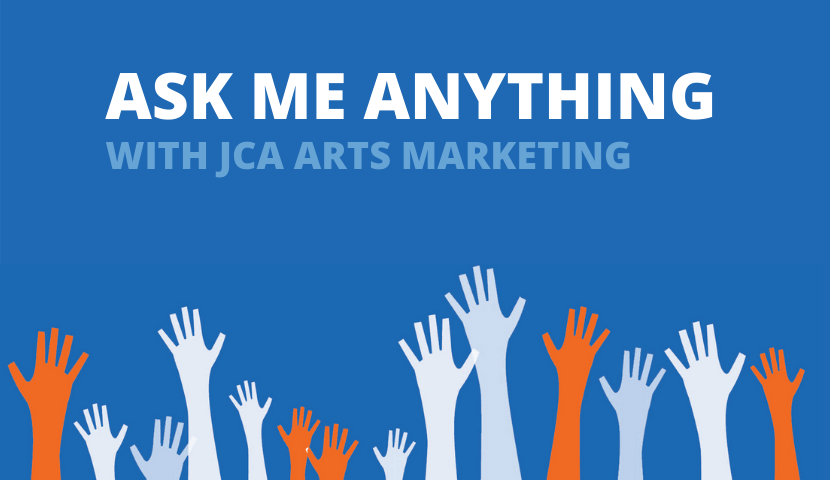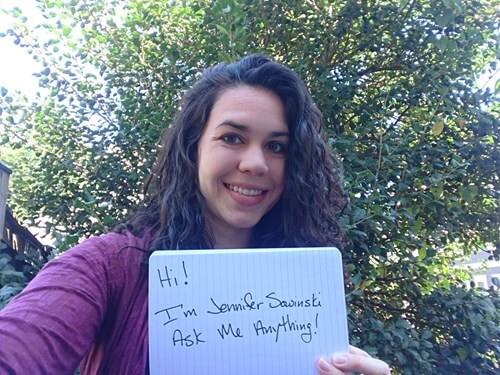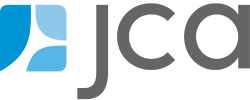Ask Me Anything: Boards

Jennifer Nemeth
Manager, Professional Services
ASK ME ANYTHING QUESTION
“I’m trying to implement dynamic pricing at my organization, but our board is against the idea of raising prices. Do you have any recommendations on how to handle this?”
JENNIFER SOWINSKI’S ANSWER
Boards are integral to the non-profit system here in the US. They are ultimately responsible for the success of an organization, and insuring that the organization is serving its community according to its mission. Our boards are made up of (hopefully) smart, educated, and successful people, which often means that they have strong opinions, and that’s a great thing! However, when their ideas run contrary to what the staff sees as necessary for day-to-day operations, it can quickly cause tension.
The best way to ease that tension is through clear and effective communication. When discussing raising ticket prices or implementing dynamic pricing to a cautious board, communication is essential.
First, find out what is causing board members to hesitate, and address their concerns directly, using as much evidence as you can.
Are they concerned that audience members won’t pay a higher price?
Look for any performances in the past that may have had higher than normal prices, and compare that sales pattern to performances at your usual prices. If you don’t have examples within your own organization, look to local or national peers for comparisons. If someone else is doing what you want to be doing, ask if they’d be willing to share their results. For example, how much money has another organization made using dynamic pricing? Or, did they see a difference in sales after raising prices?
Is the board concerned about maintaining accessibility?
Suggest other accessibility programs that you may or may not already be doing. Rush tickets, student discounts, scholarship programs and neighbor discounts can all address the issue of accessibility, even after raising single ticket prices. Also keep in mind that you can raise prices on some areas of the house, while leaving lower priced sections alone. There’s no rule that says you have to (or even should) raise prices by the same amount across every zone!
Accessibility is a worthy goal, and often a primary part of an organization’s mission. However, the board also has a responsibility to make sure the organization remains financially stable. If there are community members who would be willing to pay a higher price, there is no reason not to give them that opportunity.
Do they have other concerns?
Find out what they are, and address them as best you can using solid evidence.
Finally, if at all possible, find allies to work with you, so that you’re not on your own trying to convince an entire board. Does another staff member, your Executive Director, or one particular board member also see the need for price adjustments? If so, ask them to co-present these ideas with you. Are you the only one in your organization who is advocating for a change? Consider having someone from outside of your organization help analyze and present your data. Sometimes a different perspective will help a board better open up to new ideas.
Good luck, and happy pricing!
JCA Arts Marketing collaborates with cultural organizations to increase revenue, boost attendance and membership, and grow patron loyalty. We provide consulting and software services to hundreds of cultural institutions across multiple genres, including dance, museums, opera, performing arts centers, symphony, and theatre. We can help you achieve your marketing goals.


